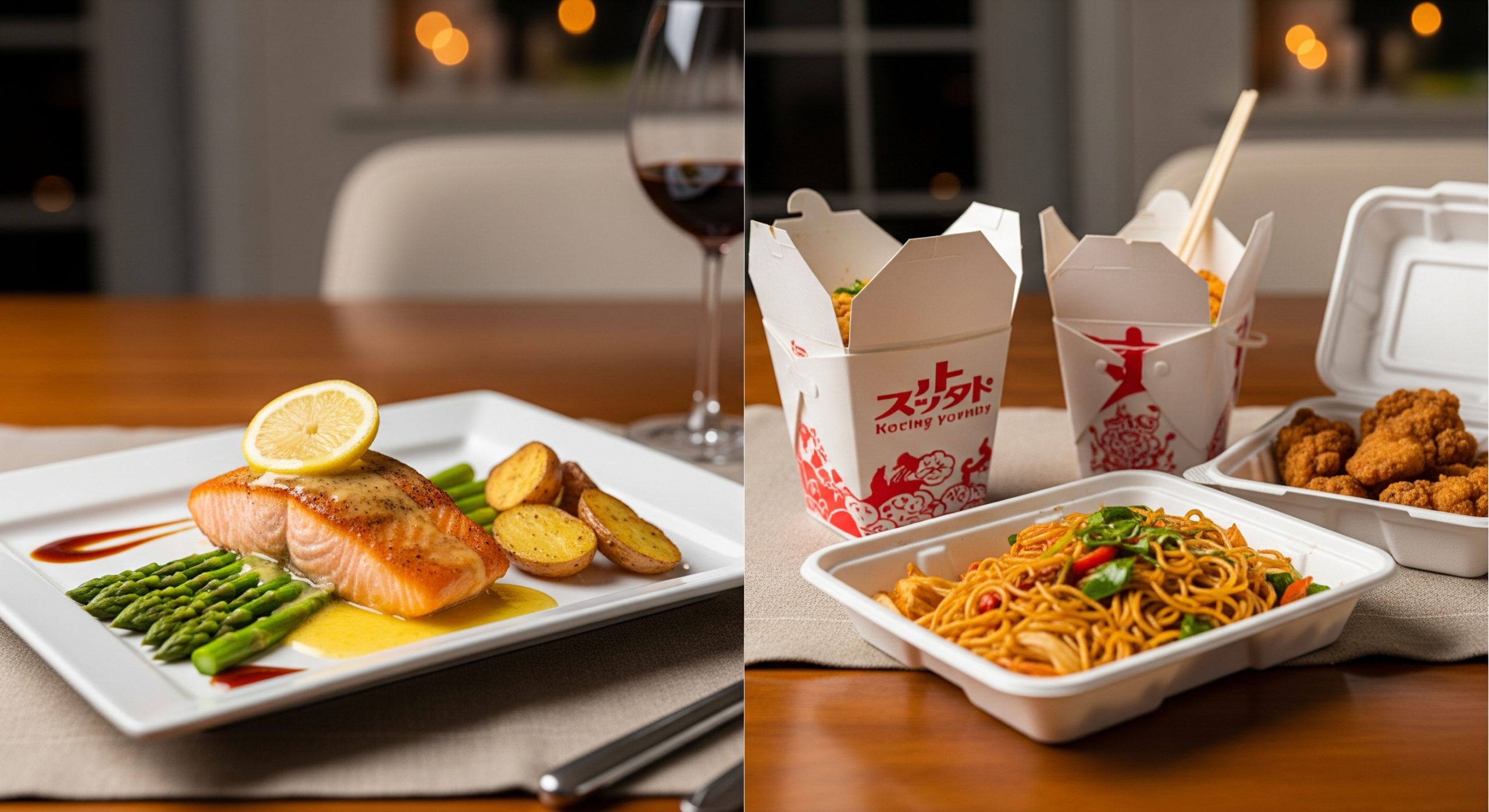
Restaurant-Quality Meals at Home: How Precooked Gourmet Options Compare to Takeout
Let’s be honest – we’ve all been there. It’s 6 PM on a Tuesday, you’re exhausted from work, and the last thing you want to
Cart
No products in the cart.
NEW YEAR SALE ENDS IN
Spend $130, Save $15. Spend $170, Save $20. Spend $200, Save $30.
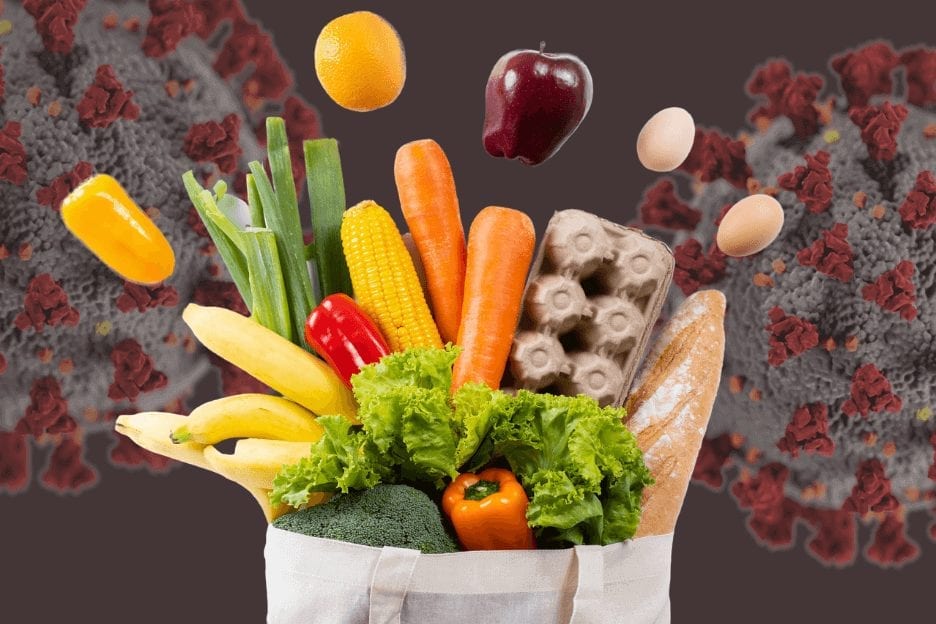
Somewhere over the rainbow, skies are blue and the Coronavirus Pandemic will end. In the mean time we need to focus on health and nutrition – in particular what to eat during lockdown to ensure we are consuming everything our body needs to keep our immune system and wellbeing in top shape.
Nutrition has an important role in supporting the immune system and maintaining proper immune function. While there is no evidence that nutrition prevents or lessens the effects of COVID-19, the American Society for Nutrition continues to promote the importance of nutrition in overall health.

The World Health Organization (WHO) advocates that proper nutrition and hydration are vital. People who eat a well-balanced diet tend to be healthier with stronger immune systems and lower risk of chronic illnesses and infectious diseases. You should eat a variety of fresh and unprocessed foods every day to get the vitamins, minerals, dietary fibre, protein and antioxidants your body needs.
Water is also key: You should try to increase your water intake as well as avoiding sugar, trans fat and salt to significantly lower your risk of overweight, obesity, heart disease, stroke, diabetes and certain types of cancer. Here are some ways to boost your nutrition when planning what to eat during the lockdown:
The healthiest meals emphasize whole grains, vegetables and fruit so upsize the portion size of these food groups and combine them with smaller portions of lean protein. This will save money when you are planning what to eat during lockdown and help keep dietary saturated fat in check.
A person’s body cannot produce everything that it needs to function. The WHO notes that there are six essential nutrients that people need to consume through dietary sources to maintain optimal health: Vitamins, minerals, proteins, fats, water and carbohydrates.
A diet rich in vegetable, fruits, and lean proteins should provide a person with plenty of vitamins. Typically, a person who eats a diet rich in vegetables, fruits, and lean proteins can get all the vitamins they need in their food. However, those who eat less fruit and vegetables, and those with digestive conditions may need to take a vitamin supplement to reduce or avoid a deficiency.
What should you eat during the lockdown? Eat a rainbow! Most of us don’t eat enough fruits and vegetables. According to the Centers for Disease Control and Prevention (CDC) 87 percent of Americans aren’t getting enough servings of vegetables (76 percent don’t get enough fruit each day). Eating more fruit and vegetables can help reduce your risk for chronic diseases, including high blood pressure, type 2 diabetes, heart disease, obesity and cancer. Whole fruits and veggies contain fiber, a nutrient important for keeping your gut healthy, which can reduce your risk for autoimmune diseases, fight off pathogens and infections and even improve your mood.

Fresh produce is also packed with antioxidants and phytochemicals. What’s fascinating is that nature seems to have a way of highlighting these beneficial nutrients by giving them bright colors that allow you to spot them at a glance. For example, anthocyanins make blueberries blue and may help to keep your mind sharp. Tomatoes get their ruby hue from lycopene, a phytochemical that may help to prevent prostate cancer.
To get the maximum disease-fighting power that phytochemicals can provide, choose foods that represent all colors of the rainbow. The USDA suggests paying particular attention to orange and red (5 1/2 cups per week) and dark green (1 1/2 cups per week) produce, both good sources of vitamin A and other important nutrients.
Fruit and vegetables fall into five different color categories: red, purple/blue, orange, green and white/brown. Each color carries its own set of unique disease fighting chemicals called phytochemicals. These give fruits and vegetables their vibrant color and of course some of their healthy properties.
RED – Red fruits and vegetables are colored by a natural plant pigment called lycopene. Lycopene is a powerful antioxidant that can help reduce the risk of cancer and keep our heart healthy.
PURPLE /BLUE – The plant pigment anthocyanin is what gives blue/purple fruits and vegetables their distinctive color. Anthocyanin also has antioxidant properties that protect cells from damage and can help reduce the risk of cancer, stroke and heart disease.
ORANGE/YELLOW – Carotenoids give this group their vibrant color. A well-known carotenoid called Beta Carotene is found in sweet potatoes, pumpkins and carrots. It is converted to vitamin A, which helps maintain healthy mucous membranes and healthy eyes. Another carotenoid called lutein is stored in the eye and has been found to prevent cataracts and age-related macular degeneration, which can lead to blindness.
GREEN – Green vegetables contain a range of phytochemicals including carotenoids, indoles and saponins, all of which have anti-cancer properties. Additionally, leafy greens such as spinach and broccoli are also excellent sources of folate.
BROWN/WHITE – White fruits and vegetables contain a range of health-promoting phytochemicals such as allicin (found in garlic) which is known for its antiviral and antibacterial properties. Some members of the white group, such as bananas and potatoes, are also a good source of potassium.
| Red | Purple/Blue | Orange/Yellow | Green | Brown/White |
| Tomato
Red capsicum Radish Strawberry Rhubarb Cherry Red grape Raspberry Watermelon Red apple |
Beetroot Red cabbage Eggplant Purple Asparagus Blackberry Blueberry Purple grape Plum |
Carrot
Canteloupe Lemon Sweet potato Pumpkin Pineapple Mango Corn Orange Squash Peach Nectarine Apricot Grapefruit |
Spinach
Asparagus Avocado Broccoli Peas Green apple Green grape Lime Kiwifruit Green beans Lettuce Cabbage Celery Cucumber Green capsicum |
Cauliflower
Pear Mushroom White peach Garlic Banana Potato Dates Onion Ginger Parsnip Turnip |
Eat fruits, vegetables, legumes (eg lentils and beans), nuts and whole grains (eg unprocessed maize, millet, oats, wheat, brown rice or starchy tubers or roots such as potato, yam, taro or cassava), and foods from animal sources (eg meat, fish, eggs and milk).

Daily, eat: 2 cups of fruit (4 servings), 2.5 cups of vegetables (5 servings), 180 g of grains, and 160 g of meat and beans (red meat can be eaten 1−2 times per week, and poultry 2−3 times per week).
For snacks, choose raw vegetables and fresh fruit rather than foods that are high in sugar, fat or salt and do not overcook vegetables and fruit as this can lead to the loss of important vitamins. When using canned or dried vegetables and fruit, choose varieties without added salt or sugar.
Choosing what to drink is just as important as deciding what to eat during lockdown because water is essential for life. For example, water transports nutrients and compounds in blood, regulates your body temperature, gets rid of waste, and lubricates and cushions joints. Drink 8–10 cups of water every day.
Water is the best choice, in combination with other liquids consumed in moderation such as fruits and vegetables that contain water, for example lemon juice (diluted in water and unsweetened), tea and coffee. But be careful not to consume too much caffeine, and avoid sweetened fruit juices, syrups, fruit juice concentrates, fizzy and still drinks as they all contain sugar.
Consume unsaturated fats (eg found in fish, avocado, nuts, olive oil, soy, canola, sunflower and corn oils) rather than saturated fats (eg found in fatty meat, butter, palm and coconut oils, cream, cheese, ghee and lard).
Choose white meat such as poultry and fish which are generally low in fat, as well as lean red meat and avoid processed meats because they are high in fat and salt.
Where possible, opt for low-fat or reduced-fat versions of milk and dairy products.
Avoid industrially produced trans fats. These are often found in processed food, fast food, snack food, fried food, frozen pizza, pies, cookies, margarines and spreads.
When considering what to eat during lockdown we must also think about how we cook and prepare food, limiting the amount of salt and high-sodium condiments (eg soy sauce and fish sauce). Reduce your daily salt intake to less than 5 g (approximately 1 teaspoon), use iodized salt and avoid foods that are high in salt.
Cut out soft drinks or sodas and reduce other drinks that are high in sugar (eg processed fruit juices, fruit juice concentrates and syrups, flavored milks and yogurt drinks). Instead of processed juice, drink blended juice that retains a high fiber content, and is made without any added sugar. Choose fresh fruits instead of sweet snacks such as cookies, cakes and chocolate.
Healthy Gourmet is here to help you make good choices when planning meals during the Coronavirus pandemic so visit our website to find out the latest deals and sign up for our Newsletter.
https://www.Hopkinsmedicine.org/health/wellness-and-prevention

Let’s be honest – we’ve all been there. It’s 6 PM on a Tuesday, you’re exhausted from work, and the last thing you want to
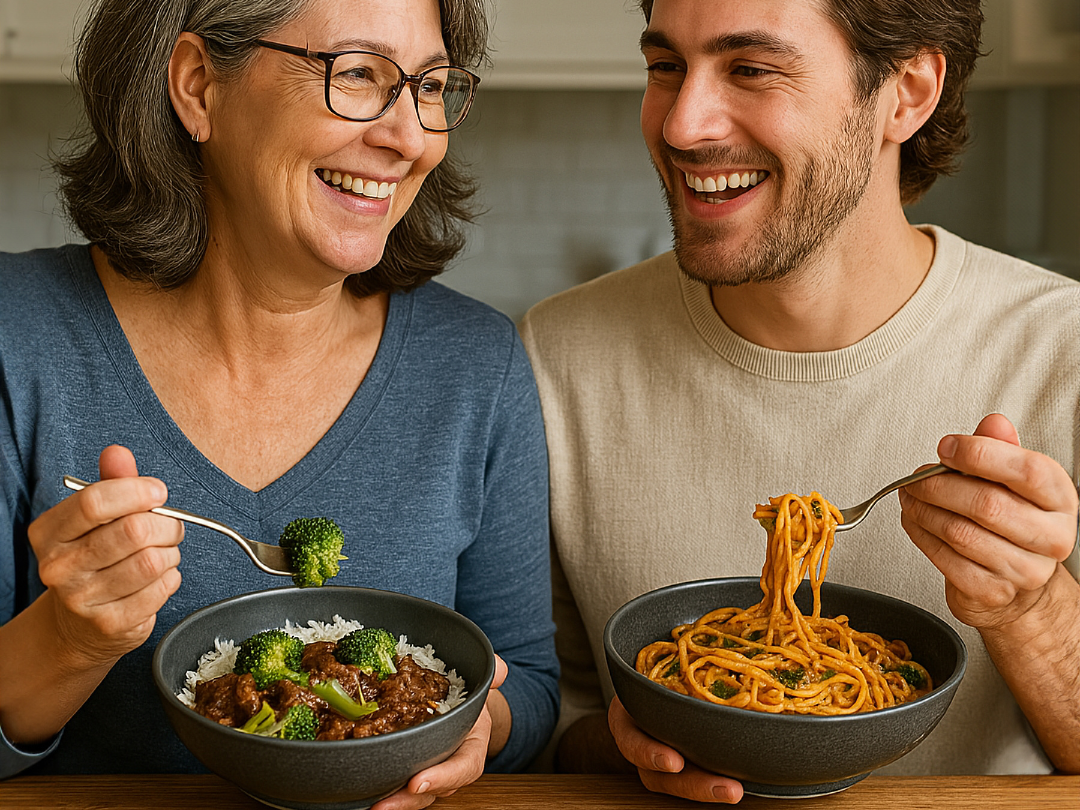
We’ve all been there—it’s the end of a long day, and the last thing you want to do is cook. The automatic response? Open a
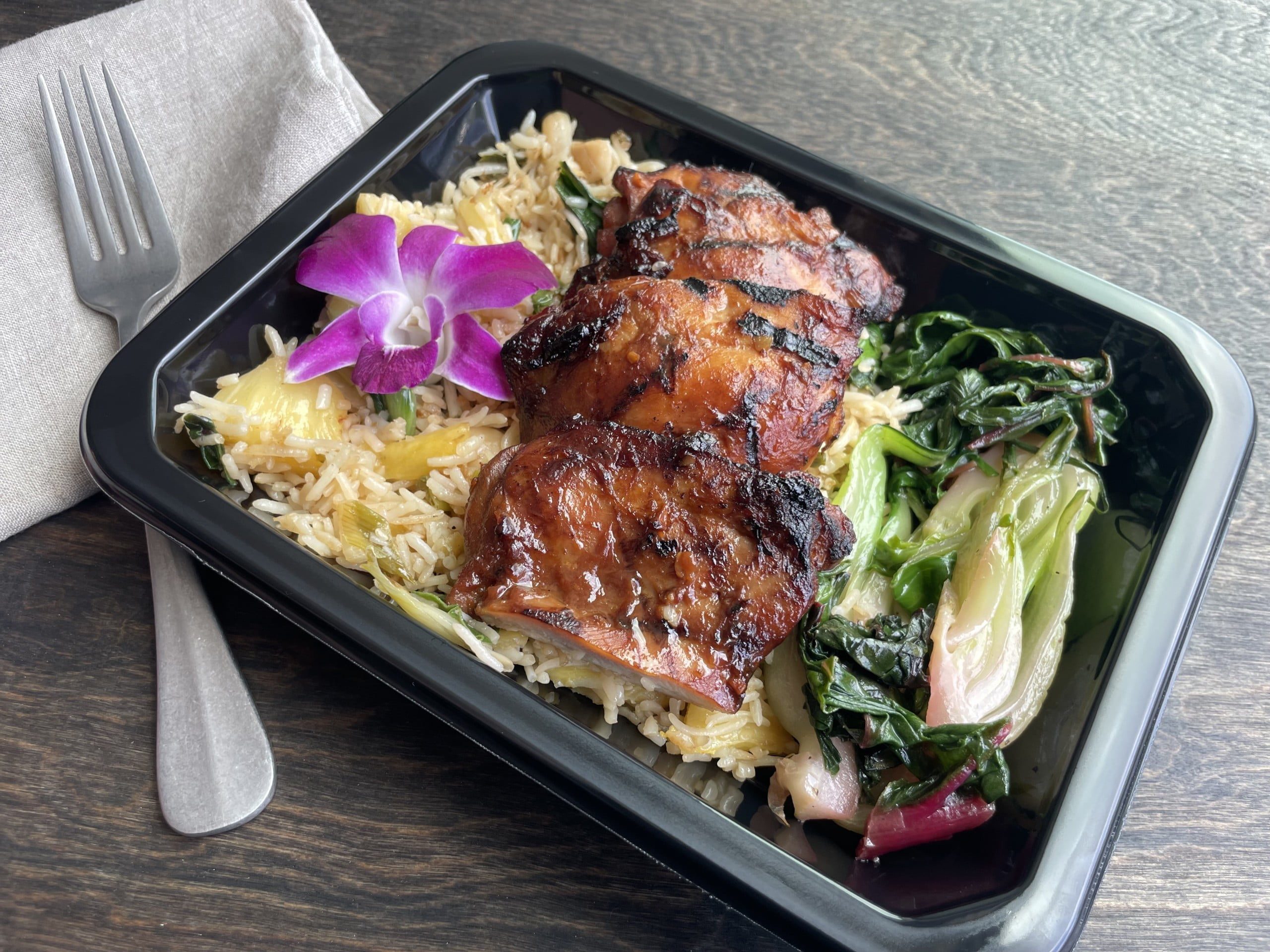
Summer just got here, and this heat already has us dreaming of a sweet island getaway. That’s why this month we turned to the beautiful
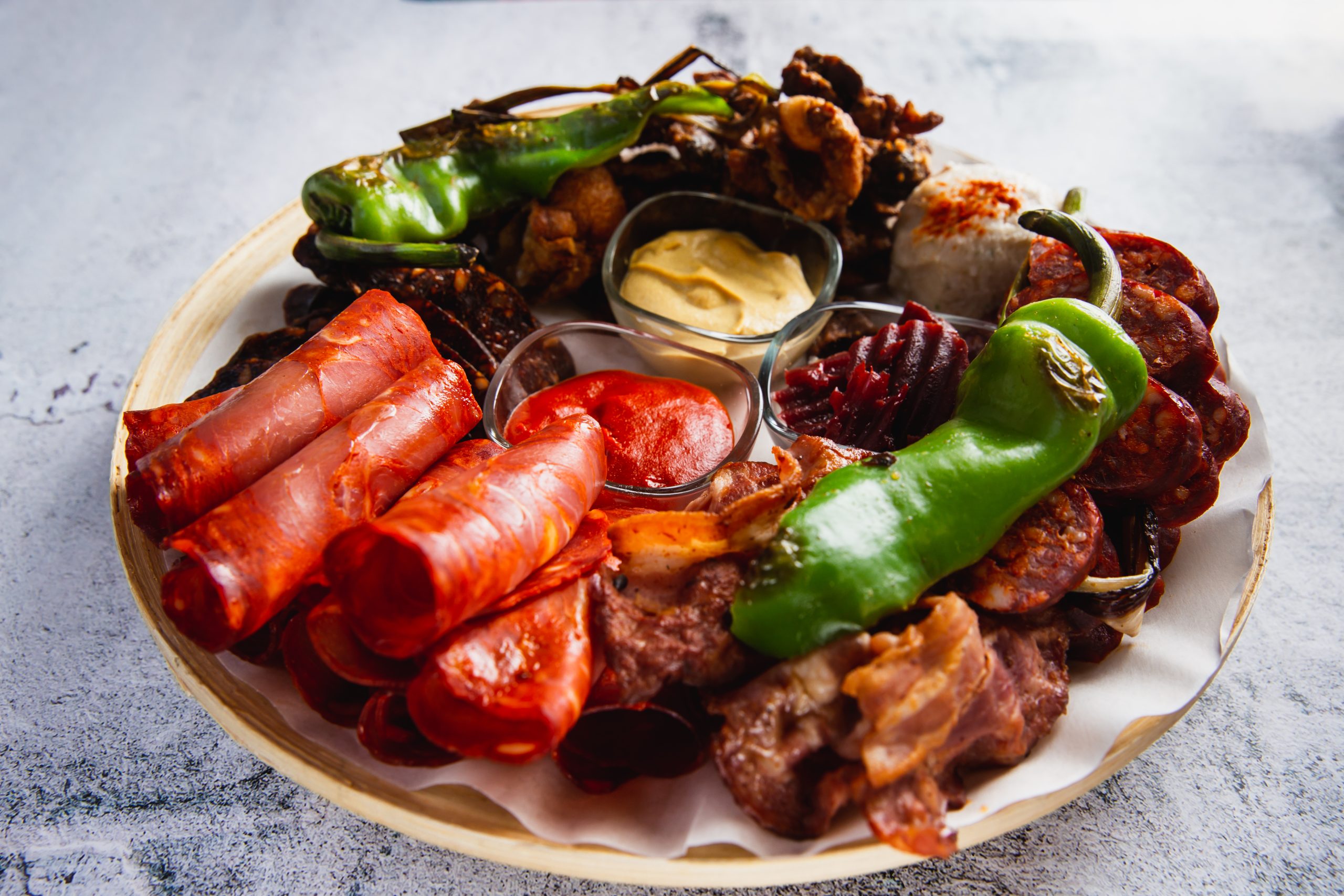
Check out how EatFlavorly utilizes Mexican meats and so many more in our scratch-made meals over at Our Menu! With Cinco de Mayo